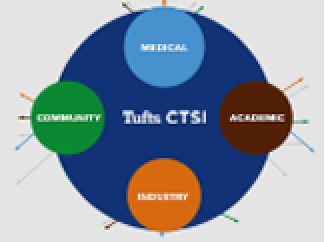Figure 1 shows a high-level recruitment key driver diagram.
The aim is listed in a rectangle to the left and is where you should list your target enrollment goal and recruitment end date.
The primary drivers are each displayed in rectangles to the right of the aim and each have an arrow flowing into the aim.
There are four primary drivers:
- Systems for screening potential participants
- Funding to support staff and resources to screen and recruit participants
- Sufficient patient population
- Participants possess motivation and willingness to participate in study.
To the right of the primary drivers are the secondary drivers in separate rectangles. Each has additional arrows flowing into the neighboring primary drivers.
There are seven secondary drivers:
- Systems in place for electronic capture of participants
- Workflow in place for referrals
- Interpreters are available to assist with screening of non-English speaking patients
- Staff are properly trained to screen and recruit participants
- Study team knows where/how to recruit target population
- Recruitment materials are provided in multiple languages
- Participants have a reason to participate.
To the right of the image there is a blue arrow that advises readers to identify strategies for addressing all of the secondary drivers. It also advises readers to test out multiple strategies in parallel.



